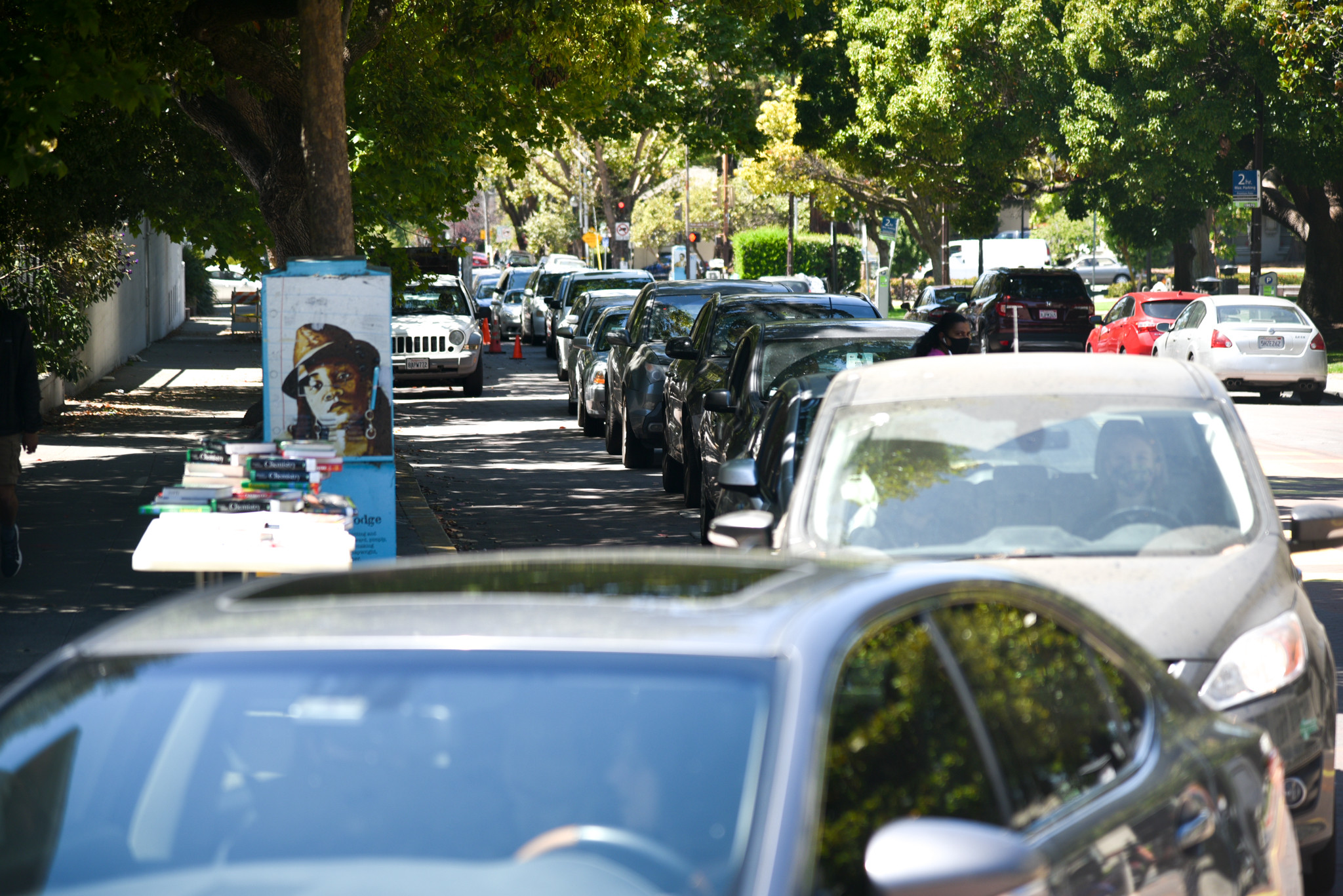In the midst of a pandemic that has killed over 170,000 Americans, school districts across the country scramble as they begin the second iteration of online learning. Within the Berkeley High School (BHS) community, there has been consensus between administration, teachers, families, and students that improvements are necessary to adequately teach students from their homes, so there have been significant changes made to the distance learning program for the 2020-21 school year.
The defining change that BHS made to the structure of the school schedule is the implementation of four-week terms, where students will alternate from their 1, 3, and 5 period classes to their 2, 4, and 6 period classes as the terms change. This means the total number of days in each class is nearly cut in half, from 180 to 89, which meets the minimum California education requirements. .
“The spring was very overwhelming,” said first-year interim principal Juan Raygoza. “Because this is a brand new experience. To hold all 6 periods a day ... was just not manageable.”
Although Raygoza asserts that the term system’s creation was based on student feedback, many still question the decision to abbreviate the school year so severely. Jacob Walker, a senior in Independent Studies (IS) worried that “a lot of students may struggle to stay engaged over the course of an entire school year.” Raygoza admitted, “The term plan is not perfect, there are some challenges, but we felt ultimately like it allows you to have a manageable schedule.”

The school week itself is also fundamentally different from last year's makeshift schedule. Students are now required to attend Zoom calls for their classes on Monday, Tuesday, Thursday, and Friday, while they have workdays with conditional Zoom calls on Wednesdays. The Wednesday calls are formatted like office hours, where students are able to join if they have questions or concerns.
Teachers are also asked to tell struggling students to attend those Zoom meetings to help get them back on track, but some feel that it could be counterintuitive to ask already-struggling students to come to extra meetings.
Lucy Irwin, a senior in Academic Choice (AC) says, “I could understand feeling really discouraged.” This controversial aspect of Wednesday Zoom meetings has led some BHS students, such as Berkeley International High School (BIHS) senior Daniel Schechter-Saavedra, to believe that “students should be able to come in optionally during this time.”
This year many students returned to a more technologically evolved BHS staff, which in large part comes from the collaborative mindset that BHS teachers and administrators had this summer. Raygoza explained that, “through professional development ... teachers are always sharing best practices. Whether that's curriculum, instruction, pedagogie, or technology ... other teachers will take them, and make them their own.”
The process of trial and error and more training has allowed for teachers who were previously not as well-versed in teaching online to become much more proficient. Raygoza also mentioned that he “got feedback from both Spring Semester BHS-wide student surveys and also from students that emailed [him].” Raygoza and his staff hope to maintain a constructive dialogue between BHS students and staff throughout the year.
As BHS students and staff become more acquainted with the new distance learning schedule, they will continue to adapt to difficulties by communicating with each other, a method that Raygoza encouraged throughout the summer. And when in-person endeavors such as sports, clubs, and other extracurricular activities return to the scope of possibilities, BHS hopes to create a plan that is driven by the feedback from teachers, students, and their families.





